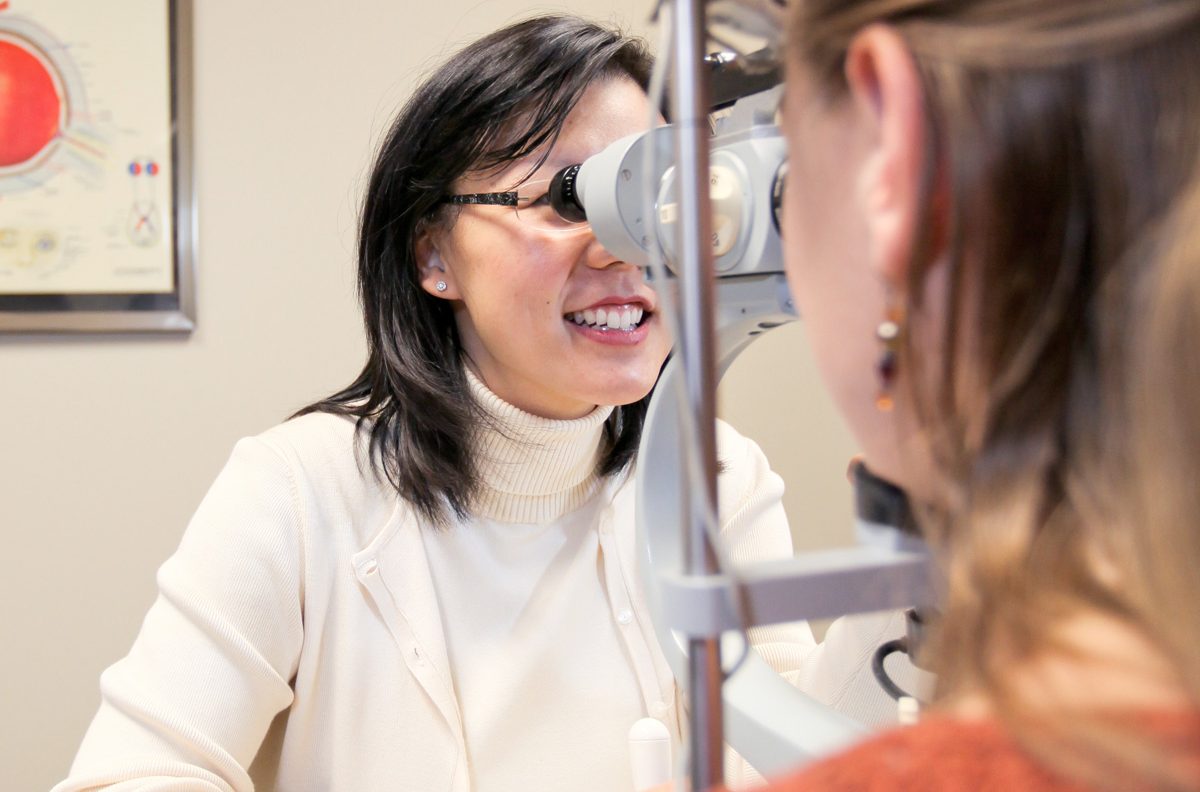Appointments in our office can last two to three hours, and we know patients and their family members sometimes get frustrated with how long the process takes. So why does it take so long?
An exam of your retina and vitreous is more extensive than a routine eye exam that you would get for glasses or other eye problems like glaucoma or cataracts. We always begin by dilating your eyes. This is necessary in order to conduct a thorough exam of your retina.
After you check in, one of our ophthalmic technicians will call you back to measure your vision, check your intraocular pressure, and administer dilation drops to your eyes. It then can take 10 to 40 minutes for your eyes to fully dilate. Dilation times can vary among patients, depending on age, eye color, and specific eye condition (i.e., patients with uveitis can take longer to dilate because of the inflammation). You will sit in our waiting room while you wait for your eyes to dilate. Once your eyes are fully dilated, you will be called back to an exam room so that your retina physician can begin your exam.
In addition to your exam, we may also need to perform certain diagnostic tests, depending on your specific symptoms, condition, vision, and what we find upon examining your eyes. Two of the tests we perform most often at the time of a retinal eye exam include optical coherence tomography and fluorescein angiography.
All of these evaluation tools take time. Please know that your vision is important to us. While we strive to work as efficiently as possible, our primary goal is to thoroughly understand your specific condition and then work with you to determine the best treatment plan.


